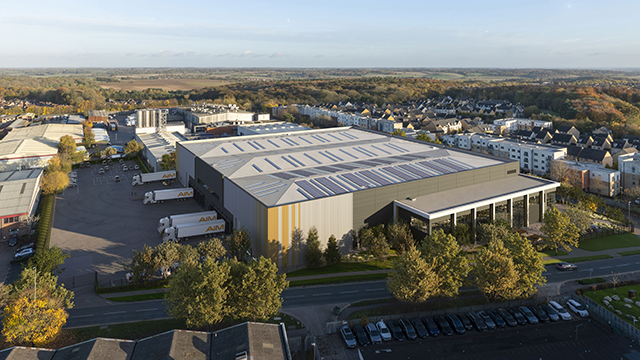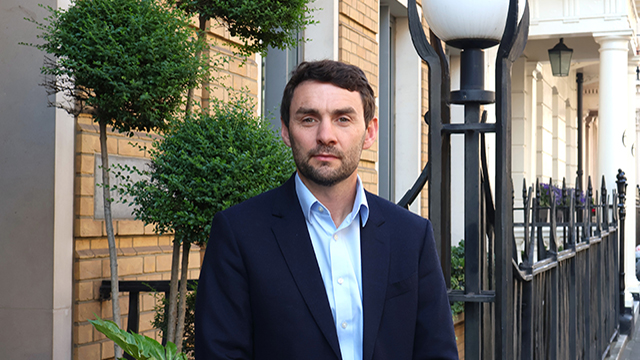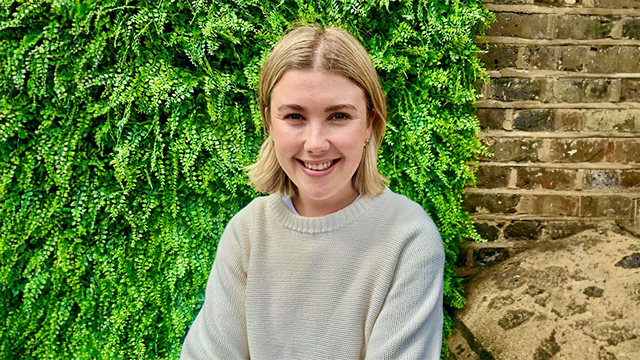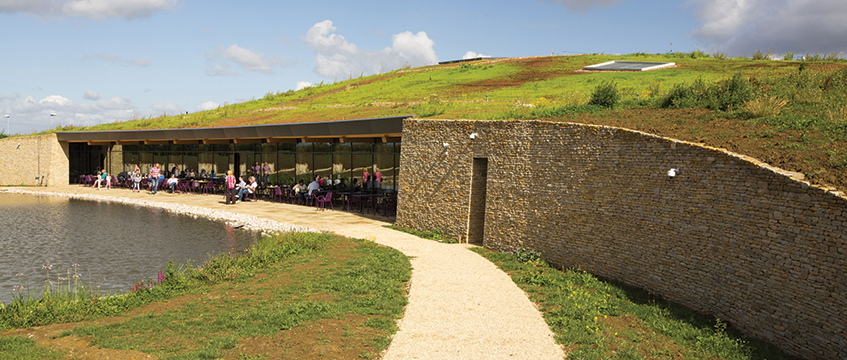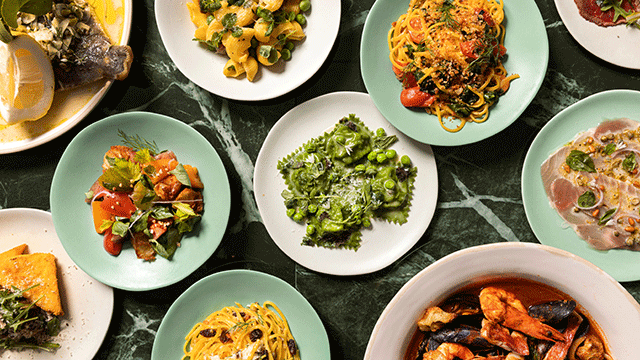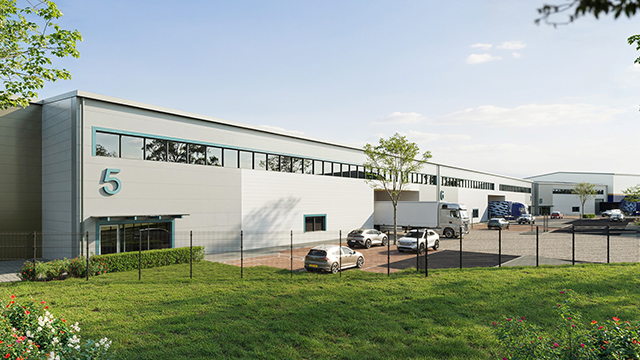MAINLY FOR STUDENTS Paul Collins discusses the merits of green roofs and the benefits they could bring to a development.
Air pollution in cities has been very much in the news this past year, with recent reports of it being as much the cause of increased risk of miscarriages as smoking.
While the fundamental solution to the problem is to decrease the sources of toxic air, such as petrol and diesel fumes, property-related initiatives can help mitigate the problem. One includes increasing the amount of vegetation in cities – including green roofs. In 2008, for example, researchers Jun Yang, Qian Yu and Peng Gong found that green roofs could make a significant contribution in helping clean city air.
Green roofs and their growth
Historically green roofs were incorporated by owners to provide a leisure-focused garden in the sky. However, local authorities are now adopting planning policies for much wider reasons and at the same time developers and property owners are seeing their benefits in terms of corporate social responsibility. Alongside this, the roof contracting industry with bigger installation turnover and more competition is now providing better quality systems and keener costs of installation.
International perspective
The Germans and Swiss have led the charge in the installation of green roofs in Europe. The North Americans from a near zero position 10-15 years ago, have now invested heavily in their installation through both planning and local tax incentives. New York and Chicago, for example, are very pro-green roof. Toronto also now has a bylaw requirement that green roofs have to be installed on new commercial and industrial buildings.
Green roof technology
At their simplest, green roofs are a layer of growing vegetation, from sedums (hardy little plants that store water in their leaves), grasses and wild flowers to shrubs and even trees, placed over waterproofing and insulating layers of a roof.
Technologies to build green roofs have been around for thousands of years, since the famed Hanging Gardens of Babylon. The difference between then and now is simply that the design and technology to construct them is much smarter. Problems of root penetration damaging the roof structure have been resolved and effective drainage and appropriate weight loadings can now all be designed and constructed to a higher standard and be quality assured.
The typical technical build-up of a green roof can be found in Green roofs: A critical review on the role of components, benefits, limitations and trends.
What benefits do they bring?
As indicated above, the rationale for green roofs over much of the 20th century was often related to aesthetic and functional reasons. The 21st century push for green roofs is driven by a wider rationale:
- They act like a protective blanket on a building and, as such, reduce the expansion and contraction of roof membranes that can contribute to their failure – thereby increasing the working lifespan of the roof and providing a long-term reduction in costs.
- The green roof blanket helps to insulate buildings against extremes of cold and heat, which leads to lower energy costs.
- Green roof vegetation and its growing medium provides a welcome habitat for birds and insects, supporting biodiversity and helping to meet corporate social responsibility agendas.
- They can be used to grow food: fresh produce grown on the roof can be sold in a shop or restaurant in the building.
- They can be used to support the location of beehives, helping plant pollination and the production of honey.
- The planting can help to reduce dust and carbon dioxide in built-up areas as well as help retain higher humidity levels, thus reducing air pollution.
- Green roofs act as sound insulation, which can be helpful in noisy city areas.
- They can act as temporary rooftop sponges, slowing down rainwater run-off, reducing the pressure on drainage systems and the potential for flooding, especially if used in conjunction with a wider green infrastructure strategy.
- More greening in urban areas can help counterbalance city “heat island effects”, the phenomenon whereby cities have air temperatures several degrees higher than the surrounding countryside. This helps to mitigate against climate change.
These attributes bring added value to building owners and users, the community and the environment. Reducing hot summer air temperatures means the possibility of reducing the reliance on air conditioning in hotels, offices and flats. Renewable energy based photovoltaic cells (solar panels) work better on cooler roofs, with more consistent temperatures than elsewhere. If there are marked fluctuations in temperature, their electricity generation is less efficient.
Green roofs help buildings score well in Building Research Establishment’s Environmental Assessment Method (BREEAM), which provides an assessment of sustainable design features. They can contribute to scoring with regard to helping mitigate flood risk and ecological impact on existing biodiversity, while at the same time enhancing it.
Finally, accessible green roofs still provide their historic purpose of providing places of relaxation and calm. With health and wellbeing now being a more important issue for the property industry, green roof gardens can help play a part.
Types of green roofs
There are two types: intensive and extensive.
- Intensive roofs have deep soil profiles, which can grow and support lawns, shrubs and trees. More elaborate in design than extensive roofs, they are intended for the same kind of uses and activities that are found on the ground – gardens in the sky. Intensive green roofs are distinguished from the roof garden of container-filled plants by the existence of a continuous underlying green roofing layer system.
- Extensive roofs have a shallow lightweight growing medium rather than soil and are typically planted with drought-tolerant and colourful sedums. These require little or no irrigation, fertilisation or maintenance. They can be constructed on roofs with slopes up to around 30%, and can be retrofitted onto existing structures with little or no additional structural support. These roofs are not really intended for walking on, though paths can be laid through them. Extensive green roofs are, not surprisingly, much less costly than intensive green roofs.
- A variation on the above is the brown roof. These are typically made up of a surface of crushed concrete and brick where local windblown and bird lime tree seeds germinate and grow through naturally as they would on the ground. Such roofs are very good at attracting invertebrates including solitary bees, especially if landscaped with piles of old wooden logs.
Where to find green roofs?
There is a roof garden over the top of London’s Cannon Street Station, but one the oldest and best known in England is on top of the Marks & Spencer shop in High Street Kensington, built in 1932 and designed by American landscape architect Ralph Hancock. This has got everything from an old English garden with pond (including fish and ducks) and trees, to a formal Spanish garden with palms.
The Midland Bank tower in Canary Wharf has a sedum roof, making it one of the highest green roofs in Europe. (There are plenty of great examples at livingroofs.org.) This was set up by green roof champion Dusty Gedge who has done more than anyone in the UK to promote their development. With his engaging personality and commitment of purpose, he has persuaded planners, politicians and developers alike to make green roofs happen.
Another different sort of example is a scheme by developer Bioregional called One Brighton, where apartment buyers have the opportunity to farm mini allotment plots on the roof. It is interesting to read on their website that they thought the plots were “one of the most successful features of the development – our only regret was not having provided more”.
Technical guidance
All the major green roof contractors have their own websites with technical guidance. A simple web search will find many. The industry’s umbrella organisation GRO (Green Roof Organisation) has in the absence of any government guidance produced a code of practice for their design, installation and maintenance.
A greening effect
Next time you look out of your office, hotel or home window and see a bare, flat roof, just think – it could have been greened and should have been greened. Green roofs have come of age. Where space on the ground is at a premium, green roofs hit all the aesthetic, functional and environmental buttons for 21st century home, work and play.
Paul Collins is a senior lecturer at Nottingham Trent University. He welcomes suggestions for the Mainly for Students series and can be contacted at paul.collins@ntu.ac.uk




